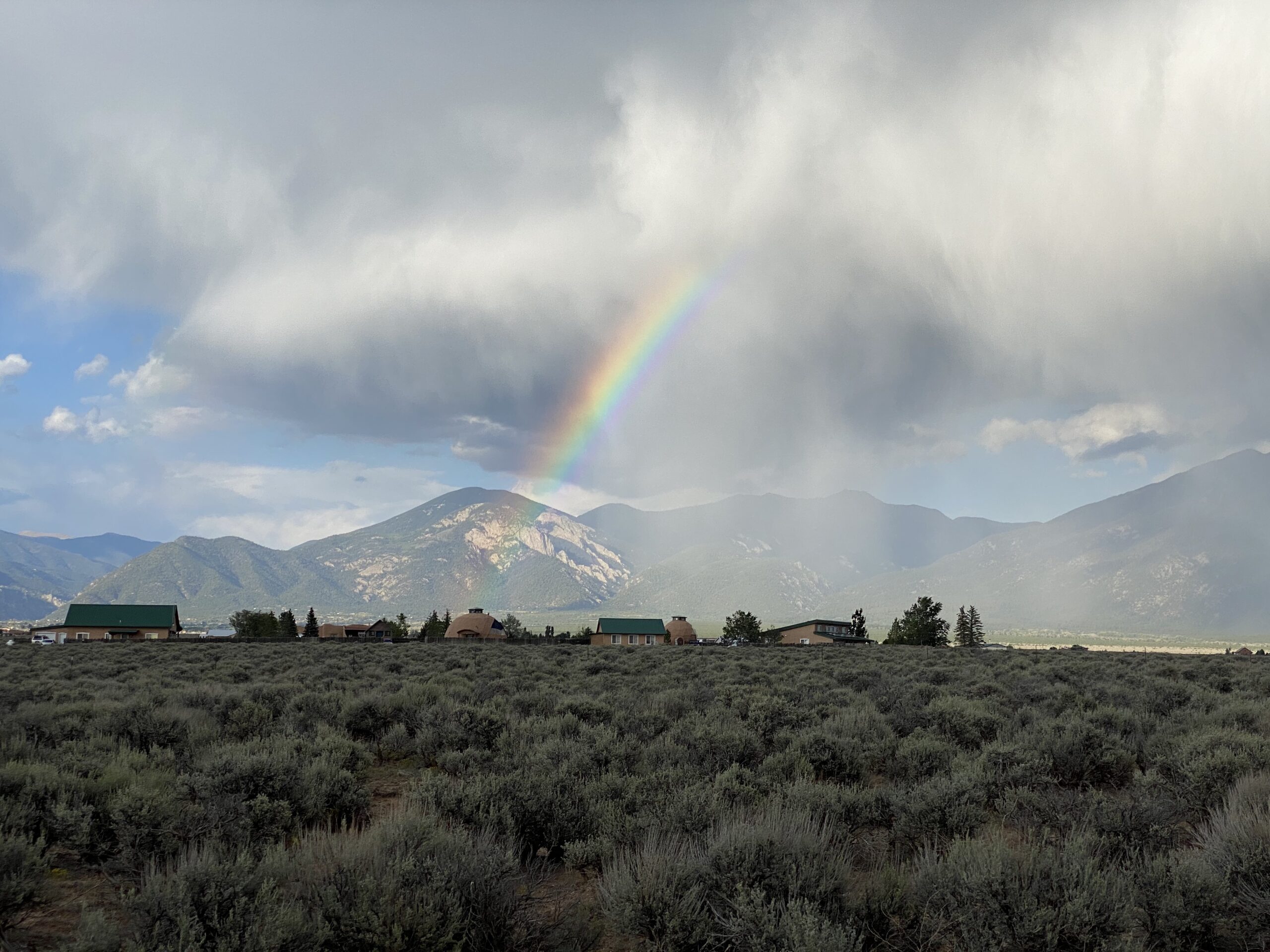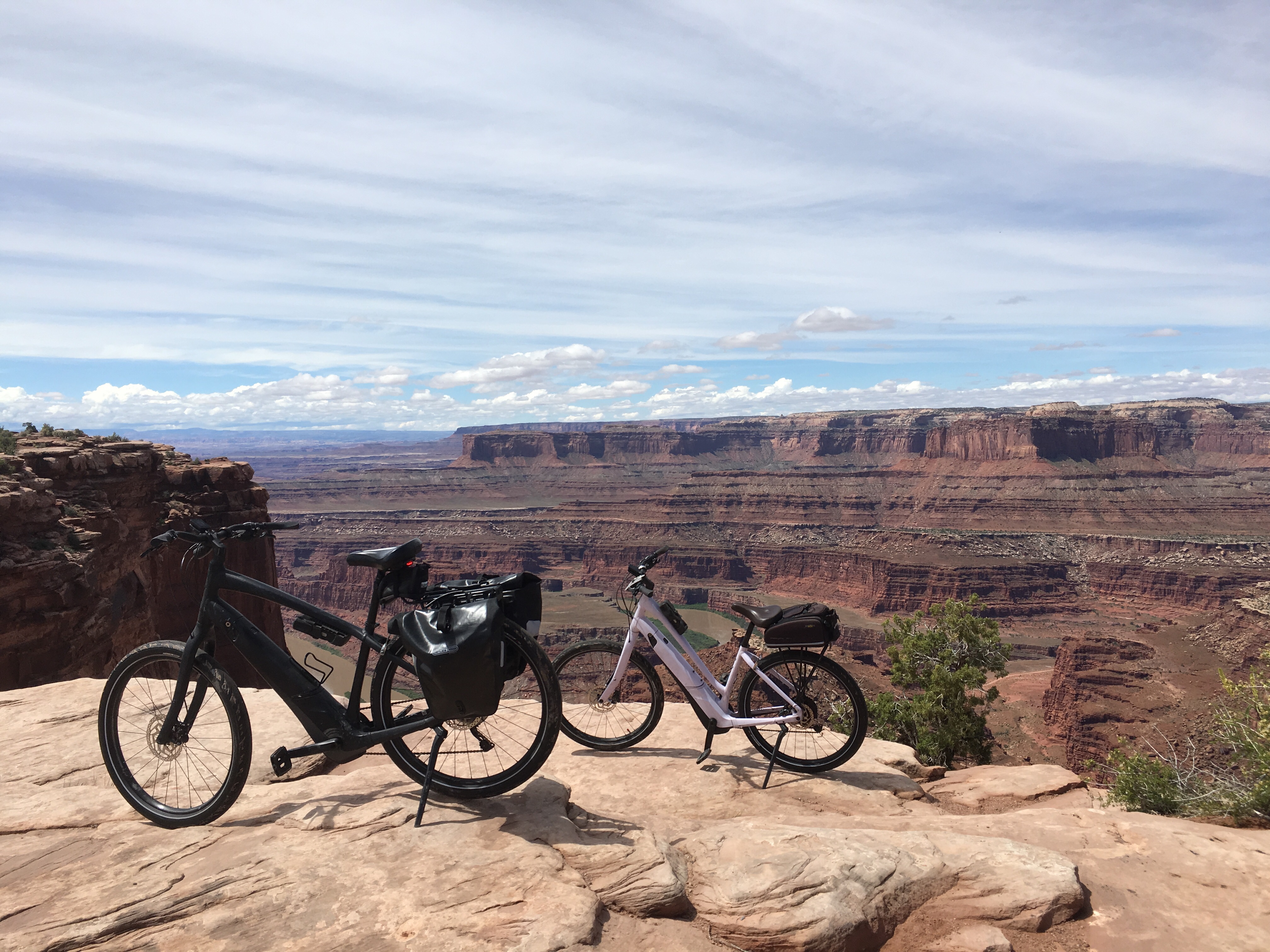Deep cell lead acid batteries don’t need much attention but they do need a little. I ignored their thirst for distilled water; they ignored my request for electricity. The whole incident highlighted the need for a power plan when camping unplugged. Even if the batteries had been working, they would only have lasted one night. The answer was as obvious as the light of day.
I dropped new deep cell batteries under the steps. The label indicates 235 amp-hours on each of the two 6 volt batteries wired in series. Doing the math, 235 x 2 x 6 = 2820 watt-hours of energy available. That is not much. To put it in perspective, that much electricity will run a buck on your utility bill. To make matters worse, a rule of thumb is to only use half of the energy in a lead-acid battery if you want to use it again, and again, and again. That equates 1410 watt-hours.
If we could live on 1410 watt-hours each day, the sun could do its part to sustain us. 1410 watts is not a whole helluva lot of energy. It is equivalent to leaving a 60W light bulb on all day or running the microwave/convection oven to bake brownies. With LED lights, a couple of small cell phones, a lightly used water pump, and just enough electricity to keep the control panels humming so that the propane can provide most of the energy for cooking, cooling, and heating, solar replenishment just might work – or not. We would have to see.
The winter sun hung low in the sky at high noon illuminating the two black panels that came from Amazon. I snapped the weatherproof MC4 connectors together allowing the current to flow to the solar charge controller. The MPPT charge controller automatically found the best voltage to maximize the sun’s power, indicating 9 amps flowing into the batteries at 14 volts for 126 watts. It was not the 200 hundred watts advertised, but then again, that was a best case rating. The winter season and the scattered clouds were limiting.
At this rate, it would take more than 11 hours to replace the 1410 watts I could potentially use from the deep cells. Unless the world stopped rotating, that was not going to happen. Still, it was working. If the season were different, the days longer, the sun higher, perhaps it would replace 1000 watt-hours. The charge controller and wiring could accept another solar panel. That would be the sweet spot. Three 100W panels in series, mounted on the roof, generating 1500 watt-hours in a day would be great.
The cold wind cut through my fleece. I jammed my hands deep into my jean pockets and surveyed the spaghetti wires and panels strewn out in front of the coach. What it lacked in elegance it made up for in functionality. When my fingers were warm enough, I pried the connectors apart and coiled the wire. With the charge controller mounted in the lower bay and the wires and panels shoved under the jack knife sofa, the coach was solar ready if we were. Time would tell.



